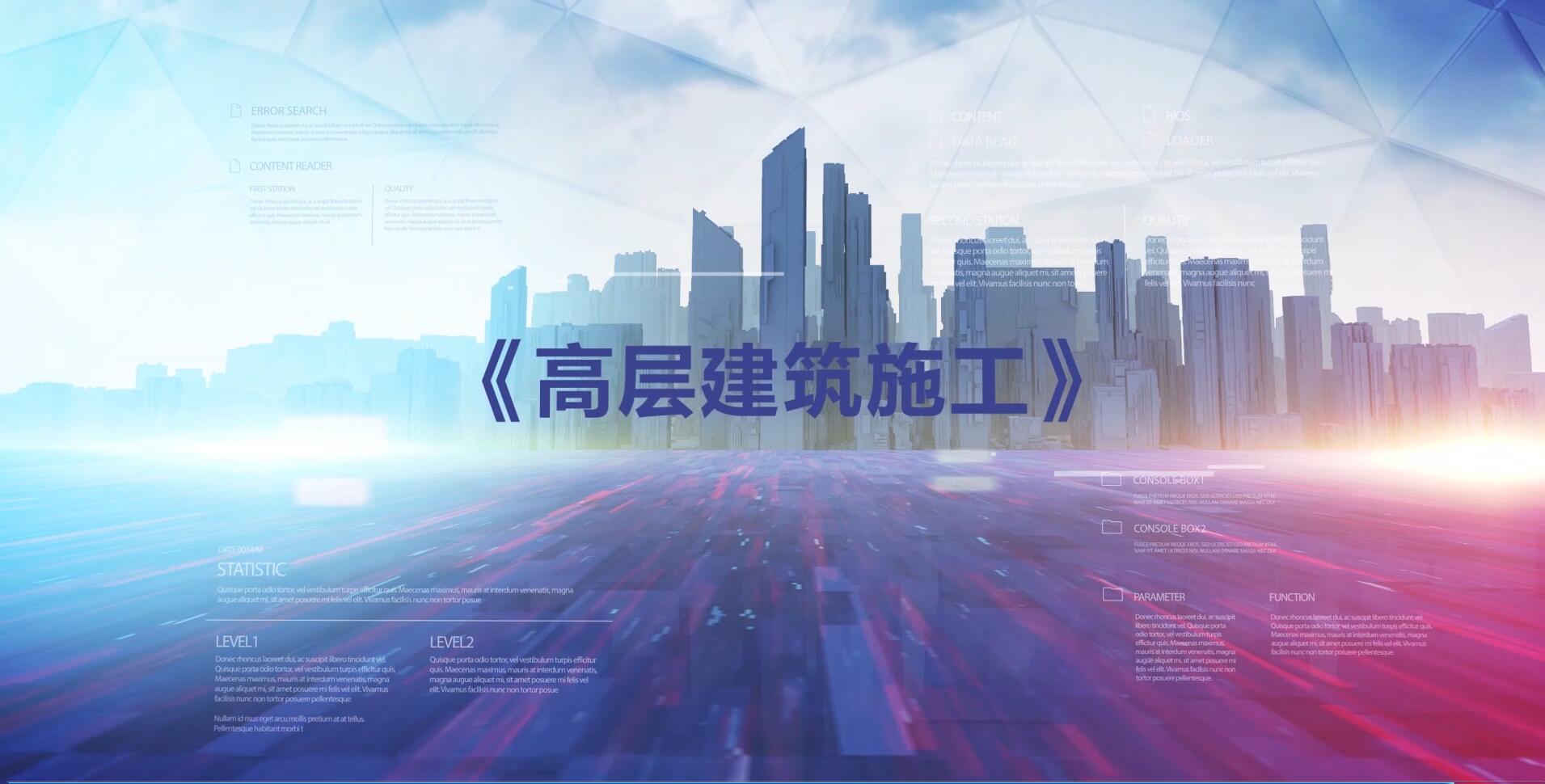
当前课程知识点:Strategic Management > Chapter 7 Internationalization Strategy > 7.2 The Advantages and Risks of Company Internationalization > 7.2 The Advantages and Risks of Company Internationalization
返回《Strategic Management》慕课在线视频课程列表
返回《Strategic Management》慕课在线视频列表
那我们看 企业国际化实际上
是一个企业从自己的母国
走到别的国家去
那么 在走到别的国家的过程中
我们会看到 首先有一个问题就是
你凭什么到别的国家去
然后能够超越
或者能够打败别的国家的企业
这是第一个问题
第二个问题实际上是要回答
你从自己的国家走到另一个国家
它会不会有一些风险
超出了你原来母国的这样一种风险
那我们首先看第一个问题 就是凭什么
首先 从一个国家走到另一个国家
在这样一个企业国际化的过程中
我们首先看就是凭你的母国的国家特定优势
关于这个问题
迈克 波特专门做了一个很系统的理论化的研究
并且提出了一个钻石模型
那么这个模型主要是用于分析
一个国家的特定优势是由什么要素所构成的
并且在此基础上指出来
一个企业要走向国际化的过程中
它的定位 它的战略选择从根本上讲
是取决于它这个母国的特定优势
那么通过这个钻石模型大家可以看到
基本上有这样四个要素及其相互作用所构成
一个是要素条件
一个是相关支持产业
第三个是需求要素
第四个是企业战略结构和竞争强度
这四个因素相互作用就构成了
一个国家的特定优势内涵
通过我们国家经过30年的改革开放
其实这30年来
我们国家的企业基本上采取的是低成本定位
因为我们国家过去主要的国家特定优势
就体现在低成本上
但是 现在我们国家正在推动企业转型升级
其中就希望从低成本能不能逐步转向高差异
从低附加值怎么样转向高附加值
基于这样一个推动的背后的原因是什么
其实我们就要看到我们国家特定优势
实际上是发生了一些变化
从优势的内容上有一些变化
但是也出现了一些劣势
这才是我们要推动转型升级
推动企业国际化的一个很重要的依据
那么通过这个钻石模型
结合中国情况的分析
我们可以看到 从优势来讲
中国劳动力成本优势依然存在
但是我们更重要的是我们的基础设施
这方面的优势得到了很大的改善
还有就是 我们的工科人才
特别是初 中级的工程师
和一些在外资企业锻炼过的管理者
和海外回来的科技人才
这个成为中国经过30年改革开放的
一个突出的变化
那就是有可能支撑我们做一些转型升级的要素
但是劣势是什么呢
就是我们的土地 资金成本比较高
然后技术工人这块比较缺乏
那么 从相关配套产业来说
应该讲在过去二三十年里面
中国相关配套产业得到了极大的发展
很多很多高度专业化和分工的产业集群形成
并且支撑了中国企业的发展
但是也存在一些缺陷
就是这些产业集群本身内部过度竞争
知识产权不受保护
导致一些产业集群开始出现衰退的现象
那么 从国家的市场或者需求要素来考虑
中国是全球最大的单一国家市场
也是增长最快的市场
那么应该说经过30年的培育
这一点变成中国最重要的国家特定优势
那么 这个既可以支撑中国做低成本定位
也同时可以会使很多企业
利用这个市场规模的优势
来进一步向高差异发展
那么现在 国家需求要素条件这一块
劣势表现在什么呢
就是我们改革还不到位
我们国家的市场还有一些市场分割性
很难支撑中国企业在国内市场
迅速地提高市场占有率和整合国内市场
然后做大做强
最后一个就是企业战略 行业结构
竞争强度这一部分
这个方面应该是目前我们比较明显的劣势
由于市场分割和其他制度环境的影响
造成中国企业普遍比较偏好
多元化程度高的战略
那就会造成相当多的行业的产业结构恶化
竞争强度偏高
这样它就不利于中国企业
利用国内市场和要素条件和配套产业
然后提升自己在国际市场上的竞争力
那我们看到第二个方面就是
凭什么里面的第二个因素就是企业特定优势
除了国家优势以外
企业自身拥有什么优势
这个其实我们在前面第五章讲的时候
也可以简单地理解成为
企业自己拥有的核心专长
那么在国际化过程中
我们就不再用叫企业竞争优势
我们把它改成叫与企业相关的一些竞争优势
那么具体来讲有这样三个内容
第一个就是 所有权优势
简单地来说就是企业所拥有的比如产权
拥有的资源能力优势
第二个优势叫企业内部交易优势
就是当企业跨区域跨国经营过程中
那么这个企业由于市场规模扩大所带来的
规模经济 范围经济 交易成本降低
所体现的这样一种优势
第三种优势就是内部制度优势
也就是说源于这个企业跨区域 跨国经营过程中
它的不断地适应 学习和创新
导致企业内部有比较有广泛适应性的
一个内部制度的一个体系的建立
这种优势的建立使它能够很好地
在跨国经营中动态地适应不同的制度
我觉得最高的境界应该就是一个全球公司
它的行为规范 准则和文化都适应全球化
那我们看到 中国企业国际竞争力的来源
实际上简单地来说就是来源于国家特定优势
这是一个部分
第二个来源于企业在横向整合国内市场过程中
它所建立的一些企业的特定优势
包括所有权优势 内部交易优势和内部制度优势
第三个就是来自走出去的过程中
它在干中学
那么又进一步提高企业特定优势
包括我刚才讲的内容
那么 我们看到
这三个就是我们企业国际竞争力的来源
这里面暗含的一个东西就是中国市场之大
而且有一定的分割性
有效地整合国内市场
实际上是有利于提高企业国际竞争力
那么 接下来我们看到在企业国际化的过程中
出于风险和资源 能力的考虑
企业可以选择不同的一种形式
包括出口 特许经营 战略联盟与合资
以及跨国并购
甚至建立全资子公司
这几种形式 我就不一一介绍了
我想告诉大家的是
从上到下 是由浅到深
由投资少到投资大
由风险小到风险大
是这么一个顺序
那么 从表面上看
那我们是不是应该选择那些
投资少 风险小的这样一种方式呢
其实这里值得商榷
我们看到 越是上面的
比如说出口 它虽然风险小
但是它学习的效果差
越是底下的 虽然它风险大
但是它学习的效果好
所以 从这样的角度来说
我们认为我们中国企业国际化的过程中
不能简单地停留在出口 许可经营
应该勇敢地向前迈进 向上迈进
联盟 跨国并购 建立子公司
因为这样可以迅速地提高
中国企业国际化这样一种能力
特别是提高学习的效果
-1.1 The Rise of The Discipline of Strategic Management
--1.1.1The Origins of Strategic Management
--1.1.2 Development and Improvement of Strategic Management
-1.2 The Nature and Characteristics of Strategic Management
--1.2.1 Environment, Advantages and Strategy
--1.2.2 Definition of Enterprise Strategy
--1.2.3 The Thinking Mode of Enterprise Strategy Formulation
--1.2.4 The Content System of Enterprise Strategy
-1.3 The Nature and Characteristics of Enterprise Strategic Management
--1.3.1 The Activities of Enterprise Strategic Management
--1.3.2 The System of Enterprise Strategic Management
-1.4 Enterprise Strategy Manager
--1.4 Enterprise Strategy Manager
-Corporate Video
--Video
-Test
--Chapter 1 Test
-Reflection Questions
--Chapter 1 Reflection Questions
-PPT
-2.1 External Environment Analysis of the Enterprise
--2.1 External Environment Analysis of the Enterprise
-2.2 The Macroscopic Environment Analysis of the Enterprise
--2.2 The Macroscopic Environment Analysis of the Enterprise
-2.3 Market Environment Analysis of the Enterprises
--2.3 Market Environment Analysis of the Enterprises
-2.4 Industry Environment Analysis
--2.4 Industry Environment Analysis
-2.5 Analysis of Competition and Cooperation Eenvironment of Eenterprises
--2.5 Analysis of Competition and Cooperation Eenvironment of Eenterprises
-Corporate Video
--Video
-Test
--Chapter 2 Test
-Reflection Questions
--Chapter 2 Reflection Questions
-PPT
-3.1 Purpose and Characteristics of Internal Environmental Analysis
--3.1Purpose and Characteristics of Internal Environmental Analysis
-3.2 Enterprise History Analysis
--3.2 Enterprise History Analysis
-3.3 Enterprise Resource Analysis
--3.3 Enterprise Resource Analysis
-3.4 Enterprise Capability Analysis
--3.4 Enterprise Capability Analysis
-3.5 Analysis of Enterprise Core Competence
--3.5 Analysis of Enterprise Core Competence
-Test
--Chapter 3 Test
-Reflection Questions
--Chapter 3 Reflection Questions
-PPT
-4.1 The Nature of Strategic Commitment
--4.1 The Nature of Strategic Commitment
-4.2 The Content of Strategic Commitment
--4.2 The Content of Strategic Commitment
-4.3 The Form of Strategic Commitment
--4.3 The Form of Strategic Commitment
-Test
--Chapter 4 Test
-Reflection Questions
--Chapter 4 Reflection Questions
-PPT
-5.1 The Nature and Types of Business-Level Strategy
--5.1 The Nature and Types of Business-Level Strategy
-5.2 General Positioning Strategy
--5.2 General Positioning Strategy
-5.3 Unique Positioning Strategy
--5.3 Unique Positioning Strategy
-5.4 Portfolio Positioning Strategy
--5.4 Portfolio Positioning Strategy
-Corporate Video
-Test
--Chapter 5 Test
-Reflection Questions
--Chapter 5 Reflection Questions
-PPT
-6.1 The Nature and Characteristics of Corporate-Level Strategy
--6.1The Nature and Characteristics of Corporate-Level Strategy
-6.2 Industry Diversification Portfolio Strategy
--6.2 Industry Diversification Portfolio Strategy
-6.3 Industry Diversification Portfolio Management Model
--6.3 Industry Diversification Portfolio Management Model
-6.4 Restructuring of Diversified Corporate
--6.4 Restructuring of Diversified Corporate
-Test
--Chapter 6 Test
-Reflection Questions
--Chapter 6 Reflection Questions
-PPT
-7.1 The Motivation of Company Internationalization
--7.1 The Motivation of Company Internationalization
-7.2 The Advantages and Risks of Company Internationalization
--7.2 The Advantages and Risks of Company Internationalization
-7.3 Strategic Choice of Company Internationalization
--7.3 Strategic Choice of Company Internationalization
-Test
--Chapter 7 Test
-Reflection Questions
--Chapter 7 Reflection Questions
-PPT
-8.1 Company Strategic Alliance
--8.1 Company Strategic Alliance
-8.2 Company Mergers and Acquisitions
--8.2 Company Mergers and Acquisitions
-Test
--Chapter 8 Test
-Reflection Questions
--Chapter 8 Reflection Questions
-PPT
-9.1 Corporate Strategy Imlementation and Evaluation in a Relatively Static Environment
--9.1 Corporate Strategy Imlementation and Evaluation in a Relatively Static Environment
-9.2 Corporate Strategy Imlementation and Evaluation in a Relatively Dynamic Environment
--9.2 Corporate Strategy Imlementation and Evaluation in a Relatively Dynamic Environment
-9.3 Methods of Corporate Strategy Implementation
--9.3 Methods of Corporate Strategy Implementation
-Test
--Chapter 9 Test
-Reflection Questions
--Chapter 9 Reflection Questions
-PPT
